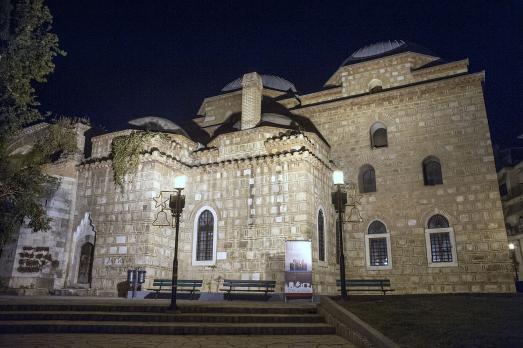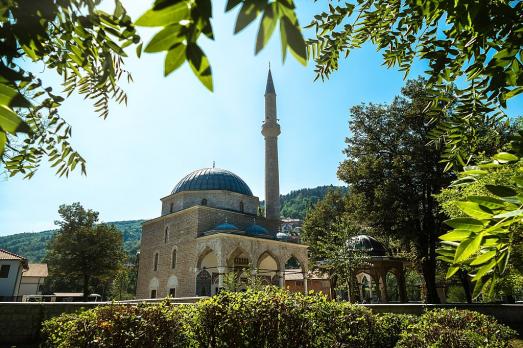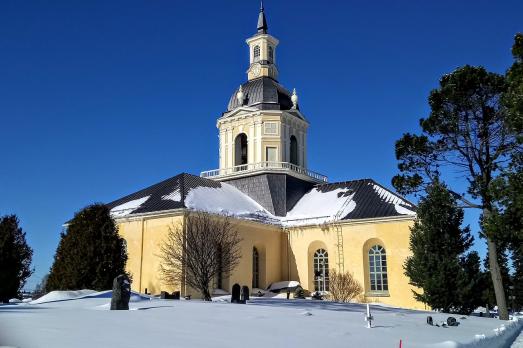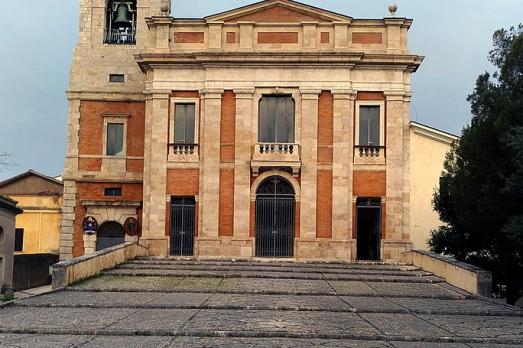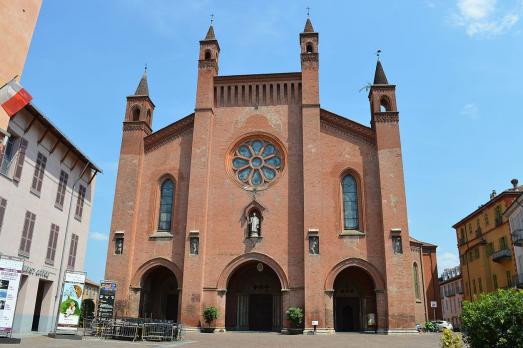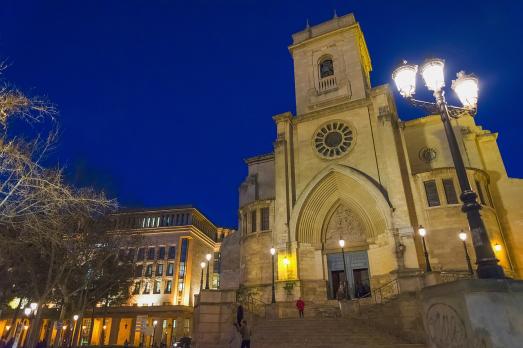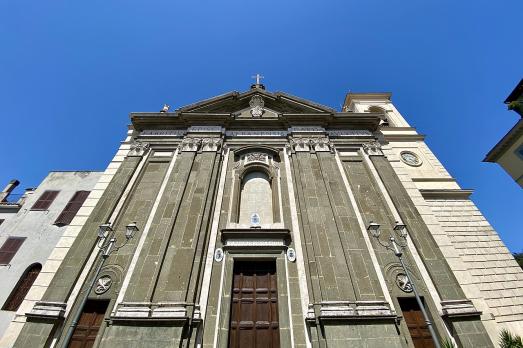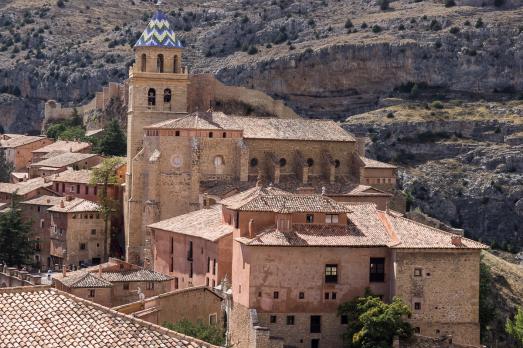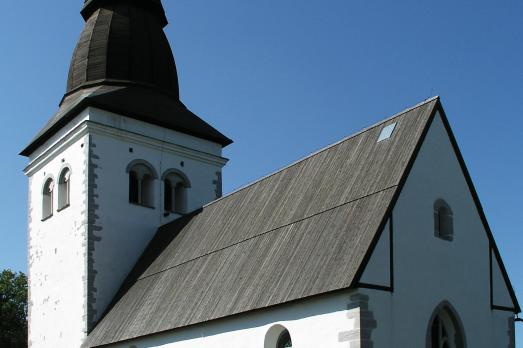
Ala Church
Katthammarsvik, SE
Still retaining its original medieval murals and baptismal font, this church was built in the 12th century. It lacks a visible apse, which is the feature of Gotland churches. Certain 15th century fresco depicts a scene of Legend of St. Martin. There is also a painting by the master of the Passion.
